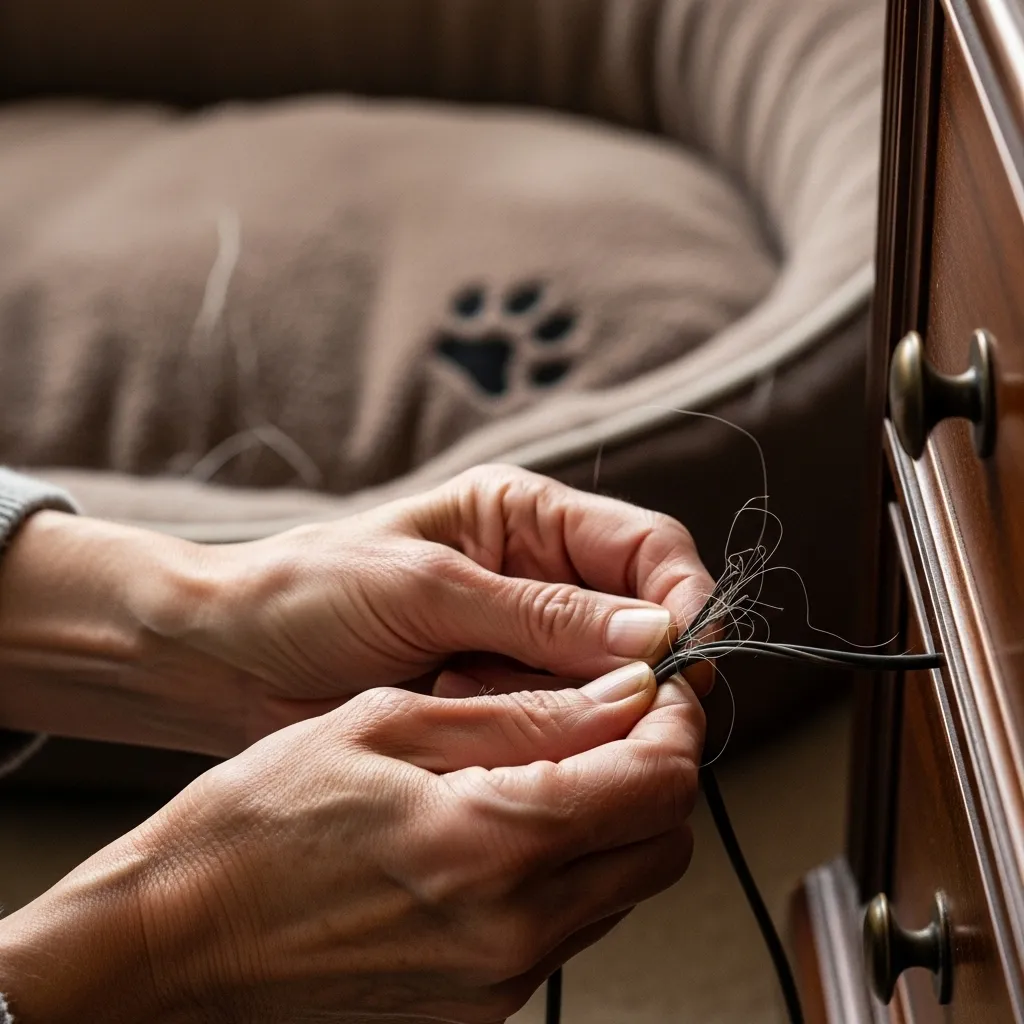
Preparing Your Home for a Safe and Happy Arrival
Before your new companion crosses the threshold, a little preparation goes a long way. Creating a safe and welcoming environment will help them settle in much more quickly.
Pet-Proofing Basics
Get down on your hands and knees to see the world from your pet’s perspective. What is within their reach? Secure loose electrical cords, as these can be a chewing hazard. Move any house plants that could be toxic; you can find a comprehensive list of toxic and non-toxic plants for pets from the ASPCA. Make sure all cleaning supplies, medications, and chemicals are stored securely in latched cabinets. Check for small items that could be swallowed.
Creating a “Safe Space”
Every pet needs a sanctuary—a place that is entirely their own where they can retreat when they feel tired, overwhelmed, or just need some alone time. For a dog, this could be a comfortable bed or an open-door crate in a quiet corner. For a cat, it might be a cozy covered bed or a cat tree in a low-traffic area. Ensure this space is always accessible and that the pet is never bothered when they are in it. This teaches them they have a secure spot to relax, which greatly reduces anxiety.
Gathering Essential Supplies
Have everything you need before your pet arrives to make the first day smooth and stress-free. This includes:
Food and Water: Appropriate food for their age and species, and sturdy, non-tip bowls. For some seniors, raised feeders can make mealtime more comfortable for the pet and easier to fill.
Bedding: A soft, washable bed for their safe space.
For Dogs: A well-fitting collar or harness, an ID tag with your contact information, a sturdy leash, and waste bags.
For Cats: A litter box, litter, a scooper, and a scratching post or pad.
Toys: A few appropriate toys for gentle play and mental stimulation.














